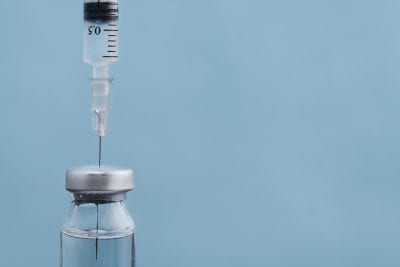Logistics and transportation powers almost every single industry in the modern economy, including the healthcare system. Transporting medication, hospital equipment, medical supplies, and different vaccines play a crucial role in global health care. Today, medical supply chains and their proper, smooth operation define the success rate of delivered treatment. One crucial branch of health supply transportation is the vaccine supply chain.
How does the vaccine supply chain work?
Essentially, the development and testing of vaccines is the key part. However, the process of transporting it, whether it is at a development stage or mass production, is often underestimated. Recently, the logistical aspect of vaccine production has been under the focus of the World Health Organization (WHO) and many organizations related to the field. Transporting vaccines requires the highest quality of transportation equipment, strict temperature control, and robust operations planning. For instance, cold bricks located too close to the product, or violation of climate control instructions often lead to a high number of wasted products. That’s why increased attention to vaccine shipments is required.
The vaccines supply chain consists of 4 key parts:
- Product
- Production
- Allocation
- Distribution
When speaking about the immunization supply chain, most people will think about the distribution part of an already prepared vaccine. However, the full cycle implies much more than just that. To fully understand which processes are included in this type of supply chain, it is important to know how the vaccine is actually produced.
Read: How Does the Coronavirus Impact Global Supply Chains?
What does it take to create a vaccine?

A vaccine is basically a lightened version or strain of the virus that is causing the disease. By injecting a mild dose of the virus that cannot grow into a full-sized disease, the human body recognizes a pathogen and start fighting it, eventually developing immunity to it. At this point, creating a vaccine sounds pretty simple, at first. But between taking the part of the virus and injecting it as an antidote, there is a long stage of vaccine development.
Researches need to receive accurate and undamaged samples of the virus. Then, they identify which portion or strain of the virus will be used, and start testing it on animals. Before scientists finally get a working product, and even more, get it into mass production, a decently long period of time has to pass, depending on the type of the disease and vaccine. For example, the estimated time to get a vaccine from the SARS-nCoV-19 is nearly a year. The situation gets even more complicated because many pharmaceutical companies and governmental institutions try to develop immunizations at the same time.
Testing and developing requires transporting research products multiple times to multiple locations. If we are taking the COVID-19 pandemic as an example, the vaccine is already being tested on humans. But are the supply chains reliable and organized enough to increase the speed and efficiency of the vaccine development? With vaccines being a top priority for governments around the world, air flights are still limited. More than 60 percent of medical shipments are carried on passenger planes, which significantly reduces air freight capacity not only for vaccines, but for essential medical supplies, like masks, gloves, protective clothing, and disinfectors as well.
With a general trend in making global supply chains more flexible, resilient and reliable, the focus will likely shift to healthcare supply chains as well.

